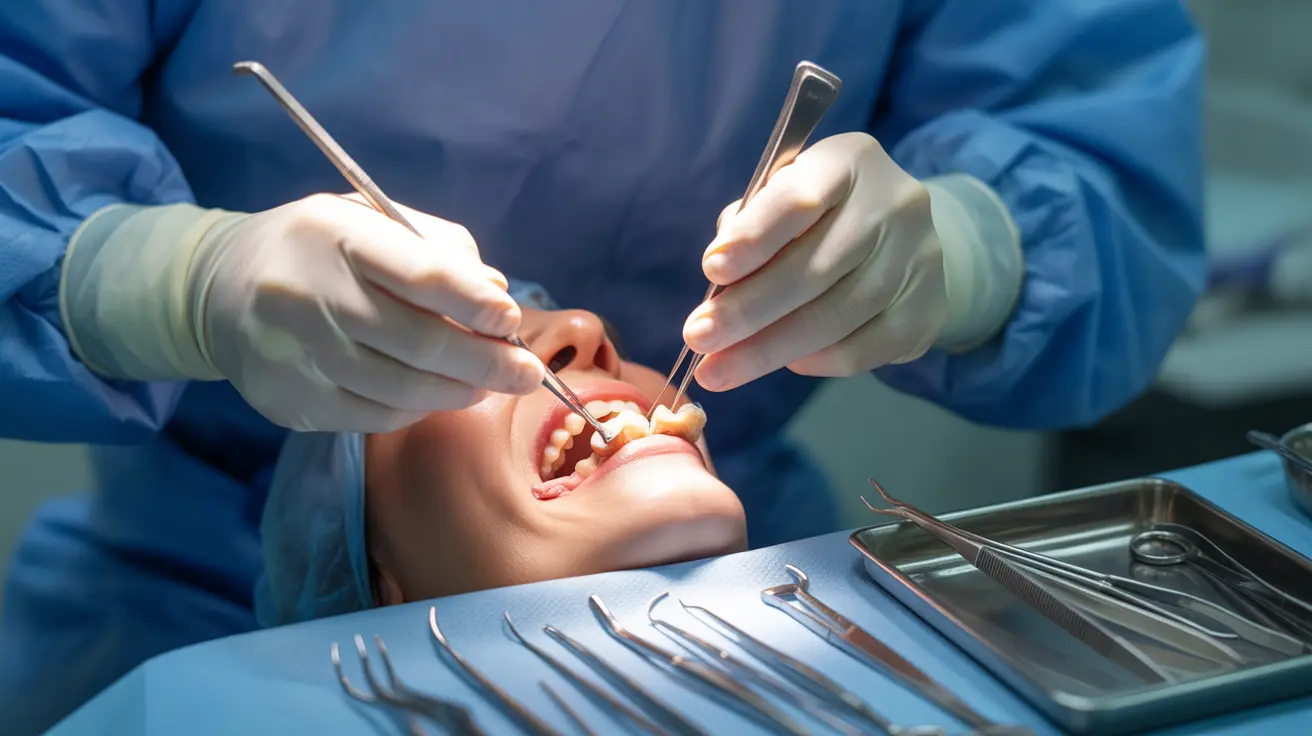Dental bone grafts represent a significant advancement in oral surgery, offering hope to patients who have experienced bone loss in their jaw. This surgical procedure involves adding bone material to your jaw to strengthen it, creating a solid foundation for dental implants or preventing further deterioration of your oral structure.
Whether you're considering dental implants or dealing with bone loss from periodontal disease, understanding dental bone grafts can help you make informed decisions about your oral health. Let's explore everything you need to know about this innovative dental procedure.
What Is a Dental Bone Graft?
A dental bone graft is a surgical procedure where bone material is added to your jawbone to increase its volume and density. This additional bone tissue serves as a scaffold, encouraging your body's natural ability to regenerate new bone cells and create stronger, healthier bone structure.
The procedure becomes necessary when there isn't enough healthy bone in your jaw to support dental implants or maintain oral health. Common causes of bone loss include:
- Periodontal disease
- Tooth extraction
- Trauma or injury
- Developmental defects
- Long-term missing teeth
Types of Dental Bone Graft Materials
Modern dental bone grafting offers several options for source materials, each with its unique benefits:
Autografts
Autografts use bone taken from another part of your own body, typically from the hip, chin, or back of the jaw. This type offers excellent compatibility but requires an additional surgical site.
Allografts
These grafts use processed bone material from human donors. They're thoroughly screened and sterilized, providing a safe and effective option without the need for a second surgical site.
Xenografts
Derived from animal sources (usually bovine), xenografts undergo extensive processing to ensure safety and compatibility with human tissue.
Synthetic Materials
Also known as alloplasts, these materials are artificially created and designed to mimic natural bone structure. They're completely biocompatible and eliminate any risk of disease transmission.
The Dental Bone Graft Procedure
The bone grafting procedure typically follows these steps:
- Local anesthesia administration
- Careful cleaning of the surgical site
- Placement of the chosen grafting material
- Coverage with a protective membrane
- Closure of the site with sutures
The entire procedure usually takes between 45-90 minutes, depending on the complexity and amount of grafting needed.
Recovery and Healing Timeline
The healing process after a dental bone graft is gradual and requires patience. Initial healing of the surgical site typically takes 2-3 weeks, but complete bone regeneration and integration can take 3-6 months or longer.
During recovery, you'll need to:
- Follow prescribed medication schedules
- Maintain excellent oral hygiene
- Avoid putting pressure on the surgical site
- Follow dietary restrictions
- Attend all follow-up appointments
Frequently Asked Questions
What is a dental bone graft and why might I need one?
A dental bone graft is a surgical procedure that adds bone material to your jaw to increase its strength and volume. You might need one if you've lost bone due to periodontal disease, tooth loss, or trauma, especially if you're planning to get dental implants.
What types of bone graft materials are commonly used in dental procedures?
Common materials include autografts (your own bone), allografts (donor bone), xenografts (animal bone), and synthetic materials. Each type has specific advantages, and your dentist will recommend the best option based on your situation.
How long does it take to heal after a dental bone graft surgery?
Initial healing takes 2-3 weeks, but complete bone regeneration typically requires 3-6 months. The exact timeline varies depending on the type and size of the graft, your overall health, and how well you follow post-operative care instructions.
What should I expect during recovery and how can I care for myself after a dental bone graft?
During recovery, expect some swelling and discomfort. Take prescribed medications, maintain good oral hygiene, follow dietary restrictions, and avoid disturbing the surgical site. Regular follow-up appointments will monitor your healing progress.
Can a dental bone graft increase my chances of getting dental implants successfully?
Yes, dental bone grafts significantly improve the success rate of dental implants by providing a strong foundation of healthy bone. This ensures better implant stability and long-term success of the restoration.




